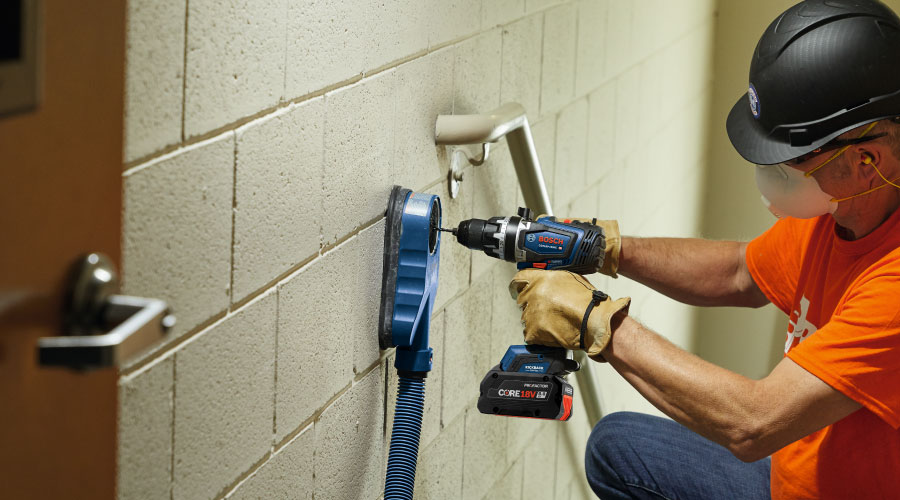Smart Meters Bring Time-of-use Electric Rates
Behind every new smart meter lurks a time-of-use electric rate. If you're not on one now, expect to be faced with one soon. While many large (i.e., over 1 MW) U.S. customers have been on such rates for decades, some utilities are looking to install interval meters down to 50 kW, and others are considering such meters even for residential accounts.
Most utilities are soft-selling time-of-use rates, while others are promoting them in conjunction with a rate discount, e.g., if a residential or small commercial customer also allows installation of a remotely controlled thermostat on a central A/C system. Other utilities are pressing harder, lowering the threshold for mandatory time-of-use in steps, to the point that most medium (or larger) buildings in those territories will eventually no longer have a choice.
While the vast majority of smart meters have been accepted without a ruckus, some areas have seen near revolts by groups of customers who felt they were being overcharged due to the new meters. Utilities in California, Texas, Canada, and elsewhere have either suspended installations, or taken other actions to calm angry ratepayers. In at least one area, side-by-side meters (analog and digital) have been measuring the same loads as a way to publicly demonstrate meter accuracy. Such problems typically arise for one or more of the following reasons.
- The final mechanical meter reading just before change out was in error, yielding an overcharge for the first bill after the new meters are installed.
- A rate change nearly simultaneous with meter installation increased all bills, with the new metering being erroneously blamed.
- Meter change outs were done around times of high consumption (for either electric heat or air conditioning), leading to exceptionally high readings.
- Some electromechanical meters may have been reading too low for years, making accurate new meters appear to be reading too high.
- Software or setup mistakes at the utility's computer may have occurred, yielding erroneous readings (on new interval gas meters, readings were exactly double or half of the correct numbers).
Smoothing the Transition
To ensure no sticker shock from your first smart-metered bill, here are a few tips.
When existing meters are to be changed out, witness the work and note the final readings on the old meters. Verify that those readings and meter numbers appear on the new bill.
Compare the new bill to that of the same month in the prior year, for both kWh and dollars, adjusted for any significant weather, operational or electric rate changes.
Be sure the new bill covers the same billing period, or adjust so the comparison is based on average kWh/day, not kWh for two different periods.
To make the most of the data from the new meters, consider these options.
If the new bill is accompanied by "dummy" billing showing what you would have paid if shifted to a time-of-use rate, have that information analyzed by a qualified rate consultant to see if voluntarily shifting to time-of-use could save money. If that doesn't seem likely, and you have the option to choose a competitive power supplier, look into buying from such a source under a more acceptable rate structure — before a time-of-use rate becomes mandatory.
Learn how to secure the quarter-hourly interval data being generated by the new meter and use it to find ways to trim your peak loads and your electric bill. If a real-time pricing or critical peak pricing rate is available, use that data to model your costs under those alternative rates. Until the economy picks up, such rates have beenÊ(on average) lower than other pricing due to the relative excess generating capacity on most grids.
More Ways to Save
If you're not already enrolled in a demand response program, the new meter may make that possible, so check out ways to get paid to cut your peak.
Consider an energy audit focused on demand response or peak demand reduction. Many HVAC systems have electric reheat coils, electric hot water systems, and other loads that could be either changed out to other sources of heat, or sequenced through EMS programming upgrades.
Evaluate efficiency measures that depend on time-variant electric costs to yield savings. Thermal storage systems (in which chillers run only at night to make chilled water or ice to be used during the day) are now available in both modular and large central systems. Daylighting systems that cut electric lighting loads (typically near the grid peak) may become more cost-effective under a time-based rate. The same may be true for some types of on-site generation, desiccant cooling systems and heat recovery wheels.
Lindsay Audin is president of EnergyWiz, an energy consulting firm based in Croton, N.Y. He is a contributing editor for Building Operating Management.
Related Topics:












